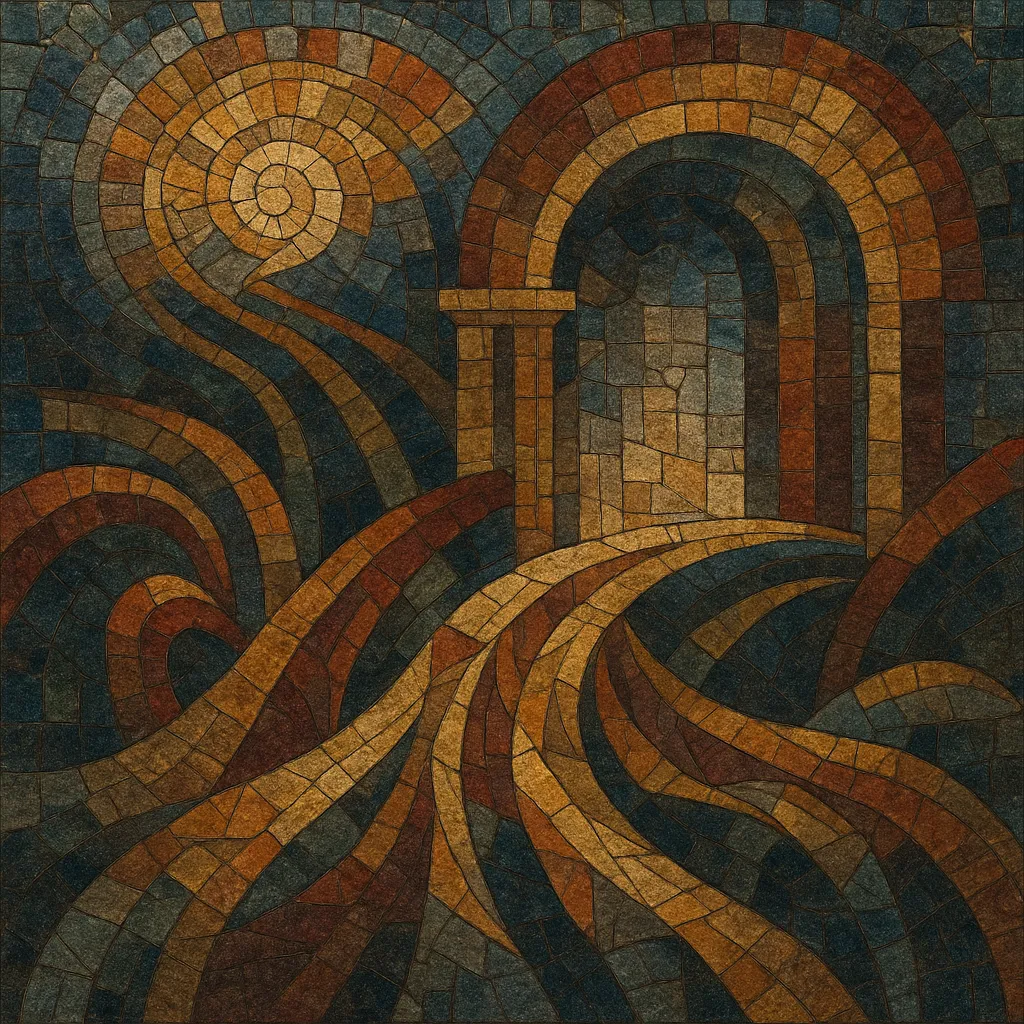An overture is an orchestral piece that traditionally serves as the opening to an opera, ballet, or stage work, and later evolved into an independent concert genre.
Two foundational models emerged in the Baroque era: the French overture (slow, majestic dotted-rhythm opening followed by a faster, often fugal section) associated with Jean-Baptiste Lully, and the Italian overture (sinfonia) with a fast–slow–fast three-part design that presaged the Classical symphony. During the 19th century, the overture expanded into programmatic concert works, sometimes called "concert overtures," that used sonata-allegro or hybrid forms to depict narratives, scenes, or dramatic ideas.
Overtures are characterized by bold thematic statements, clear formal signposts, and striking orchestration for full ensemble—strings, woodwinds, brass, and timpani—often designed to set the dramatic tone, preview motifs, or energize an audience before the curtain rises.
The overture took shape in mid-17th-century France, where Jean-Baptiste Lully codified the French overture for court opera and ballet: a stately, dotted-rhythm introduction conveying ceremonial grandeur, followed by a quicker, often imitative section. In Italy, the three-part sinfonia (fast–slow–fast) emerged as a standard curtain-raiser to operas and influenced early orchestral writing.
By the Classical period, overtures increasingly foreshadowed the themes, moods, or tonal centers of the stage works they introduced. The Italian sinfonia’s design contributed directly to the development of the Classical symphony. Composers such as Haydn, Mozart, and later Beethoven wrote overtures that balanced theatrical function with concert-worthy craft.
The concert overture became an autonomous genre, often programmatic: Mendelssohn’s The Hebrides and A Midsummer Night’s Dream overtures, Beethoven’s Egmont and Coriolan, and Rossini’s stand-alone opera overtures became concert staples. Tchaikovsky’s Romeo and Juliet (a "fantasy-overture") blended thematic transformation with dramatic narrative, while Wagner, preferring the term "Vorspiel" (prelude), reimagined the overture’s role as a concentrated symphonic argument before the drama.
The overture’s theatrical function continued in opera, operetta, Broadway, and film, where overture-like sequences set the musical tone. In the concert hall, composers drew on the form’s rhetorical clarity and orchestral brilliance, while popular and symphonic crossover genres borrowed its sense of dramatic build and thematic preview.


